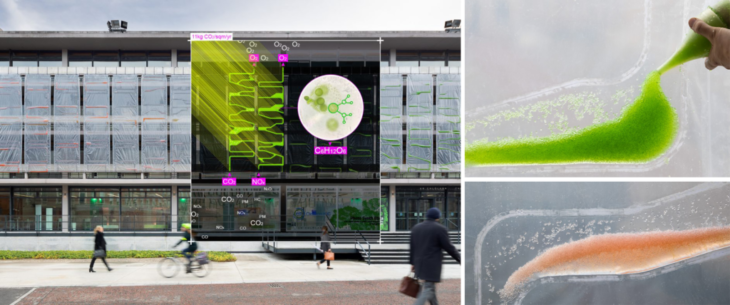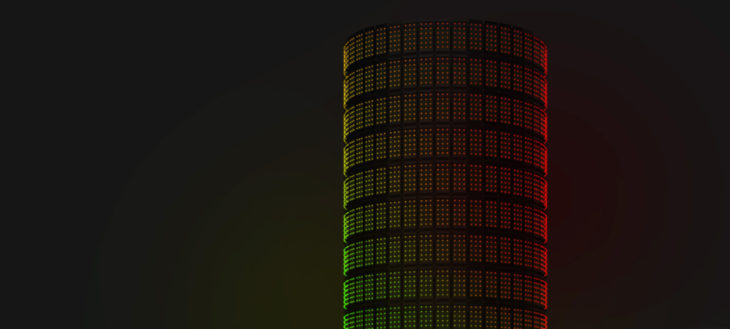
Algae-LED is a façade element which filters urban air thanks to cyanobacteria suspended in water. CO2 molecules and air pollutants are captured and stored by the algae, and grow into biomass. Because of the nature of the liquid and the exposure to sunlight, a certain amount of water evaporates during the day. A water sensor is therefore implemented to check the water level and activate a water pump which will refill the panel during the night. Additionally, LEDs will give a visual representation of the water level variation.
PROJECT REFERENCES
PhotoSynthetica Curtains at Dublin Castle use the power of algae to absorb carbon dioxide from and releases oxygen into the air. It demonstrates how biotechnology can become integrated in our cities to help achieve carbon neutrality. Photosynthetic cyanobacteria are inoculated on a biogel medium into the individual container, forming the units of biological intelligence of the system. Their metabolisms, powered by photosynthesis, converts radiation into actual oxygen and biomass.
Project by ecoLogicStudio / Design team: Konstantinos Alexopoulos, Nico Aulitzky, Shlok Soni, Robert Staples, Chrysi Vrantsi, Chia Wei Yang / Structural Engineering: Manja van de Worp (Nous Engineering, USA) / Bioplastic Supply and Manufacturing Support: James Woollard (Polythene, UK) / Microalgae Cultures Supply: Dr. Fiona Moejes (Bantry Marine Research Station, Ireland) / Photography ©NAARO
CONCEPT
The unit of this project is made of a metal structure and two glass layers. Unfiltered urban air is introduced at the bottom of the panel and, while air bubbles rise through the watery medium within the glass, they come into contact with algae’s microbes. CO2 molecules and air pollutants are captured and stored by the algae, and grow into biomass. This can be harvested and employed in the production of bioplastic raw material. To culminate the process, oxygen is released at the top of each panel, and out into the urban climate.
Because of the nature of the liquid and the exposition to the sun, a certain amount of water evaporates during the day. A water sensor is therefore implemented to check the water level and activate a water pump which will refill the panel during the night. Additionally, LEDs can be implemented in order to give a visual representation of the water level variation. During the day they are turned off in order to avoid unnecessary energy loss.
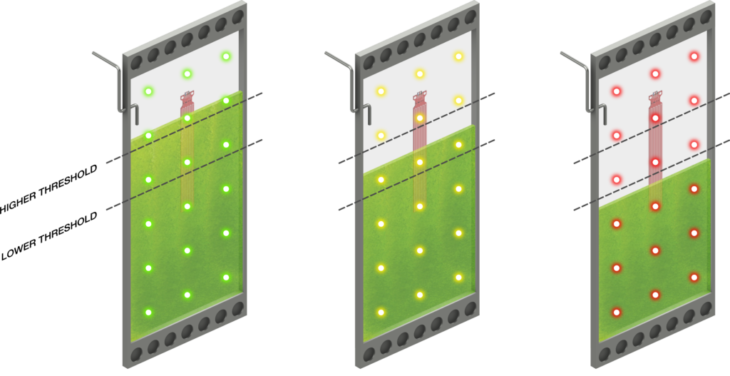
GREEN LIGHTS // The liquid level is optimal; no water is being pumped inside the panel.
YELLOW LIGHTS // The liquid level is medium; water is being pumped inside the panel.
RED LIGHTS // The liquid level is low; water is being pumped inside the panel at a higher speed
TECHNIQUE
PARTS
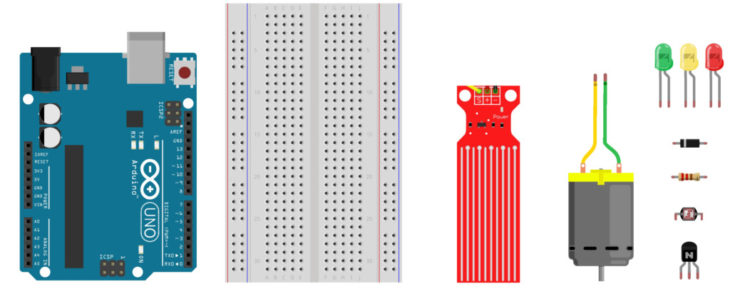
1x Arduino UNO
1x Breadboard
1x Water Level Sensor
1x Light Sensor
1x 1N4001 Diode
4x 220 ? Resistors
1x DC Motor
3x LED
SETUP
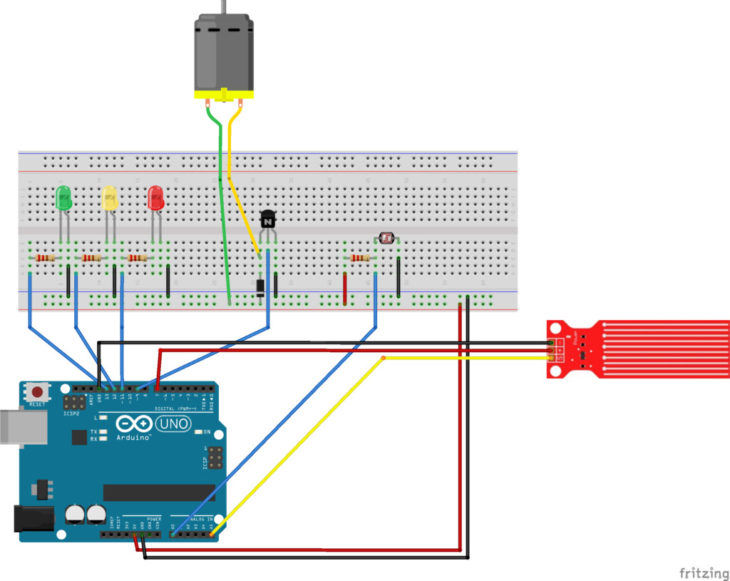
PROTOTYPE
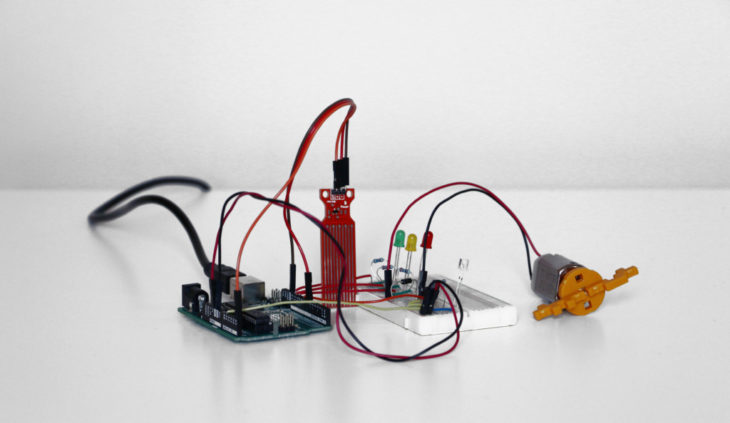
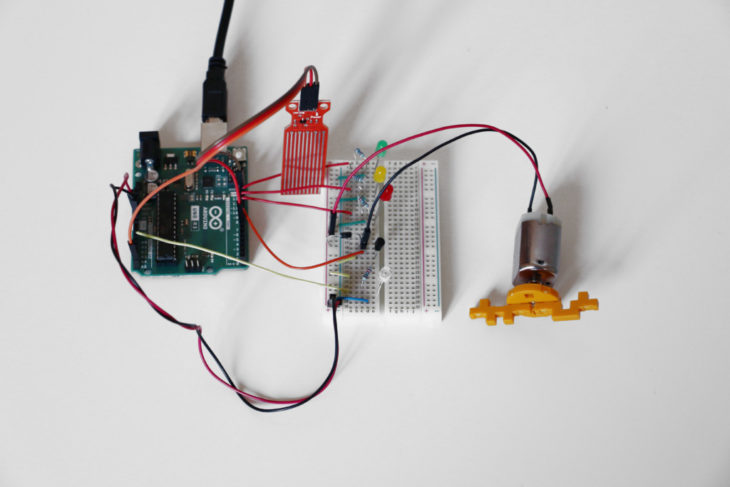
</p>
APPLICATIONS
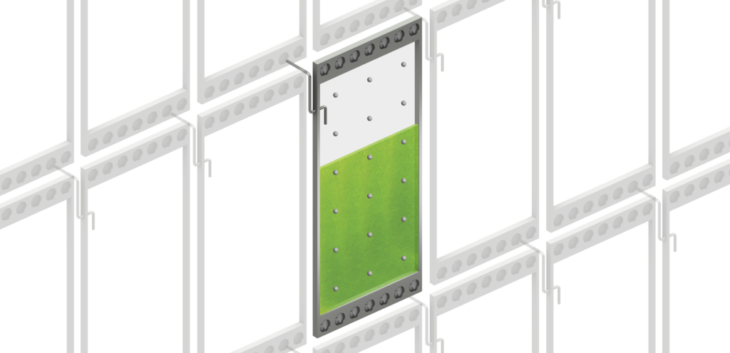
POTENTIAL ADDITIONAL PARTS
Air quality sensor (outside of the panel / environment) + Fans to let the air in
Air quality sensor (inside of the panel) + Blue LED (better air quality -> brighter light)
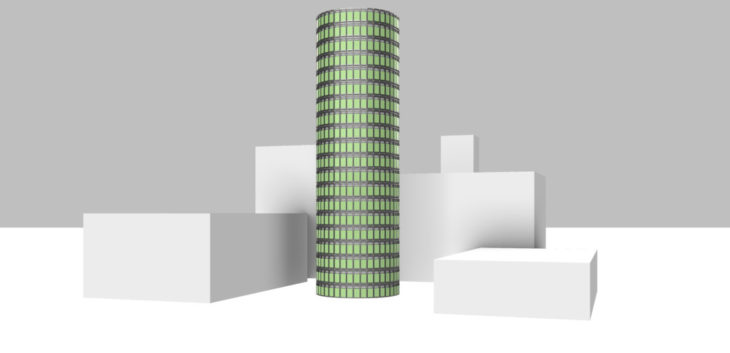
During the day the air of the area is filtered through the panels, while sensors provide data on air quality, water level and state of the bacteria. LEDs and water pumps are turned off in order to contain costs.
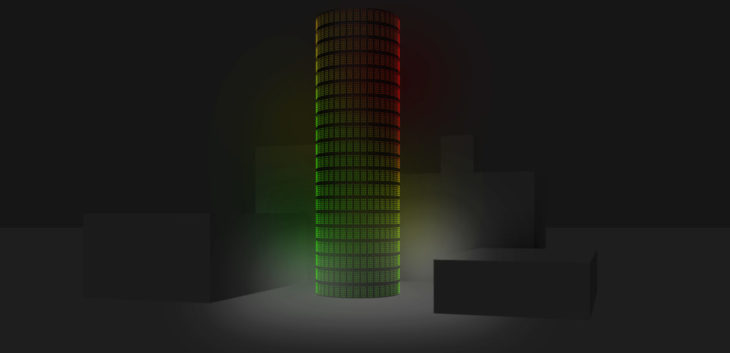
During the night the LEDs will show the current state of the water level inside the panels. Yellow and red lights will show which panels lost the most water during the day and therefore are being recharged with water. By the morning, all the panels will be shown as green again.
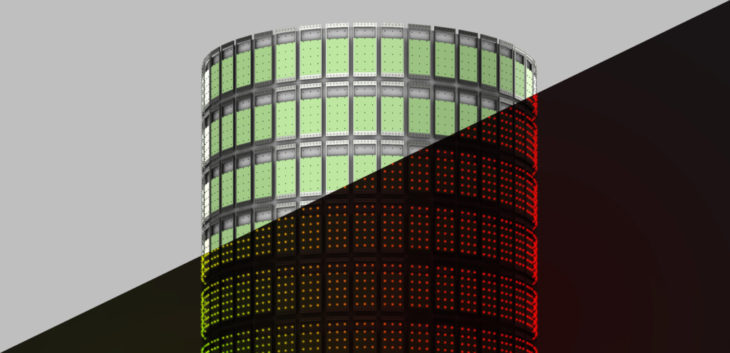
Algae-LED is a project of IAAC, the Institute for Advanced Architecture of Catalonia, developed in the Master in Advanced Architecture (MAA01) 2021/22 by student: Furio Magaraggia; faculty: Angel Muñoz, Cristian Rizzuti; Bernat Morato; faculty assistant: Antoine Jaunard.
